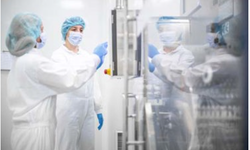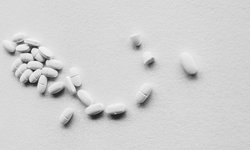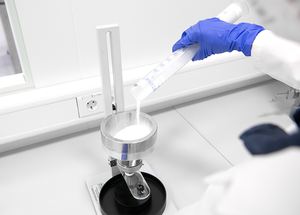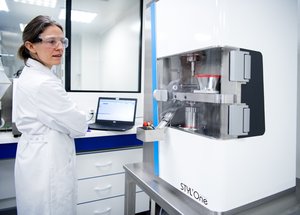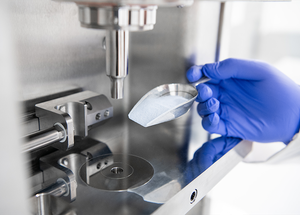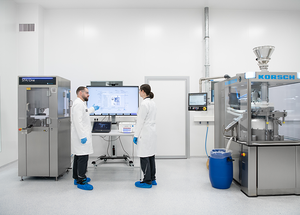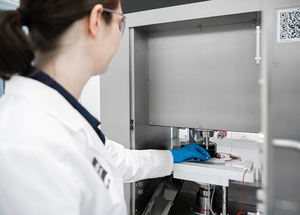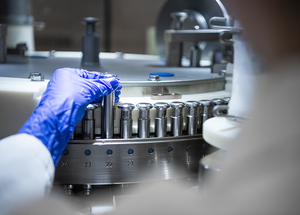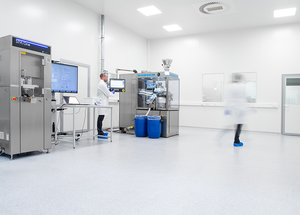Exploring best-practice manufacturing strategies for highly potent oral solid dosage forms
Exploring key points for manufacturing Highly Potent Oral Solid Dosage Forms:
*Challenges of Highly Potent Oral Solid Dose (HPOSD) Manufacturing:
The increasing development and market presence of highly potent oral solid dose drugs implies evolving regulatory expectations.
Challenges include occupational safety and health considerations during development, manufacturing, and downstream processes.
*Definition of Highly Potent Active Pharmaceutical Ingredients (HPAPIs):
HPAPIs are defined by possessing one or more of the following characteristics:
- Biological activity at approximately 150 μg/kg of body weight or below in humans
- En OEL at or below 10 μg/m3 of air as an 8-hour time-weighted average
- Sex hormones and certain other steroids
- High selectivity with the potential to cause cancer, mutations, developmental defects or reproductive toxicity at low doses
- A novel compound of unknown potency and toxicity
*Threefold Approach to Safety in HPOSD Manufacturing:
Safety considerations encompass the well-being of operators, product quality within the system, and prevention of product segregation.
*Regulatory Considerations:
Regulatory bodies, including the International Council for Harmonisation of Technical Requirements for Pharmaceuticals for Human Use (ICH), impose minimizing exposure to HPAPIs through appropriate containment processes.
*Evolution of Regulatory Models:
Two main regulatory models exist: the "traditional" model and the health-based model. Both models focus on containment and compliance but differ in approaches to segregation and cleaning validation.
*Key Considerations in HPAPI Handling and Manufacturing:
- Upholding building codes and occupational health and safety standards, with airlocks, room pressure control, efficient ventilation, safe-change of filters inside isolators, real-time monitoring
- Ensure right processes are in place: runing risk analysis, defining containment strategies, implementing comprehensive training for personnel
Conclusion:
*Despite regulatory challenges, the use of containment technologies, expertise, and controls can ensure safe and compliant manufacturing of high-potency drug products
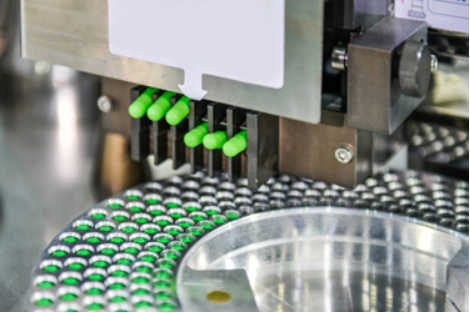
Comments
No comments posted yet.


